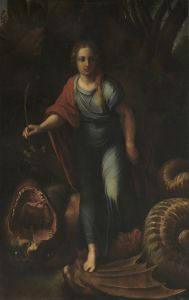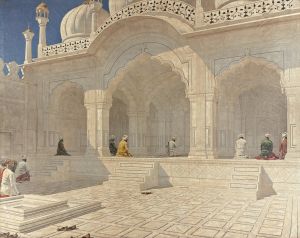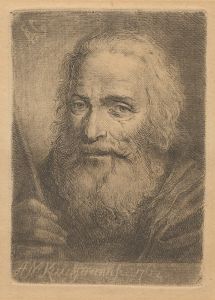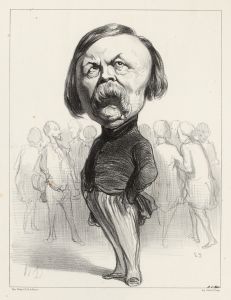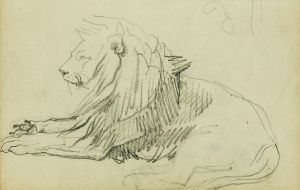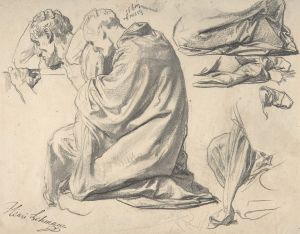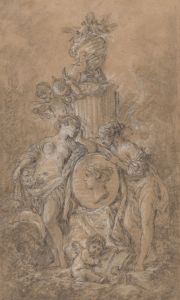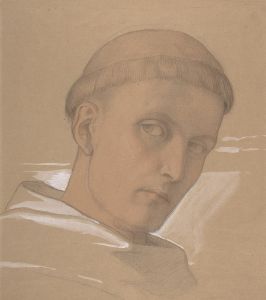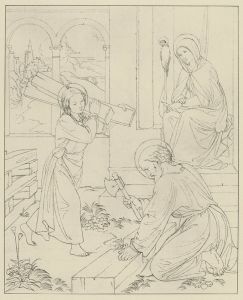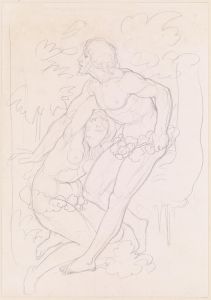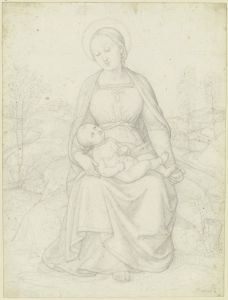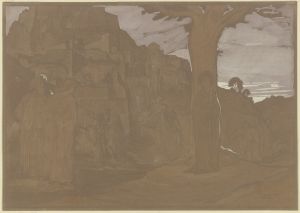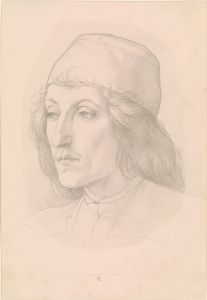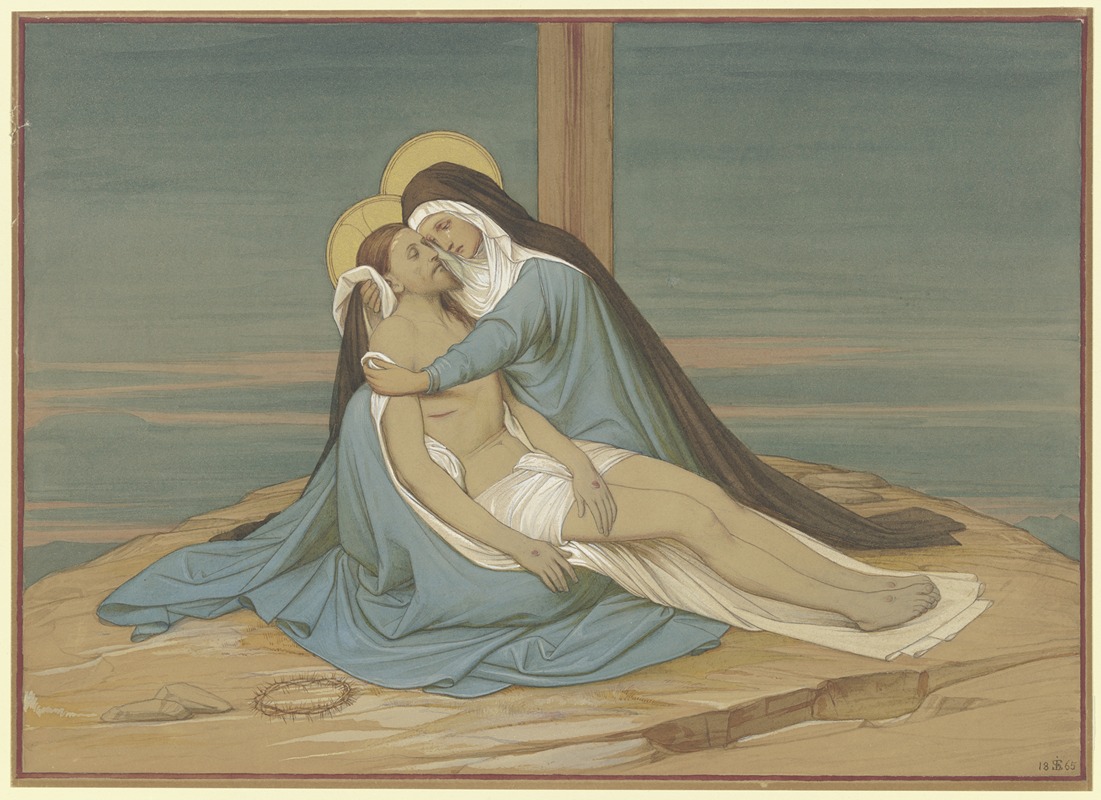
Pietà
A hand-painted replica of Eduard von Steinle’s masterpiece Pietà, meticulously crafted by professional artists to capture the true essence of the original. Each piece is created with museum-quality canvas and rare mineral pigments, carefully painted by experienced artists with delicate brushstrokes and rich, layered colors to perfectly recreate the texture of the original artwork. Unlike machine-printed reproductions, this hand-painted version brings the painting to life, infused with the artist’s emotions and skill in every stroke. Whether for personal collection or home decoration, it instantly elevates the artistic atmosphere of any space.
Eduard von Steinle was a notable 19th-century German painter, recognized for his contributions to the Nazarene movement, which sought to revive honesty and spirituality in Christian art. Among his works, the painting "Pietà" stands as a significant example of his religious artistry, though specific details about this particular piece are not extensively documented.
The term "Pietà" refers to a specific subject in Christian art that depicts the Virgin Mary cradling the dead body of Jesus Christ after his crucifixion, a theme that has been explored by numerous artists throughout history. This subject is meant to evoke themes of sorrow, compassion, and redemption, aligning with the Nazarene movement's emphasis on spiritual and emotional depth.
Eduard von Steinle was born in Vienna in 1810 and later became a prominent figure in the art scene of Frankfurt, where he spent much of his career. He was deeply influenced by the works of the early Renaissance and sought to imbue his paintings with a similar sense of devotion and narrative clarity. Steinle's involvement with the Nazarene movement, which included artists like Johann Friedrich Overbeck and Peter von Cornelius, was characterized by a return to medieval and early Renaissance aesthetics, focusing on religious and historical subjects.
While specific details about Steinle's "Pietà" are scarce, it can be inferred that the painting would reflect the stylistic and thematic elements typical of his work and the Nazarene movement. These would likely include a clear and harmonious composition, an emphasis on linearity and form, and a subdued yet expressive color palette. Steinle's works often featured meticulous attention to detail and a deep sense of reverence for the subjects he portrayed.
Steinle's religious paintings, including his depictions of biblical scenes and saints, were well-regarded for their ability to convey profound spiritual messages. His approach to the "Pietà" would have been no exception, aiming to capture the poignant moment of mourning and the intimate bond between Mary and Jesus. This focus on emotional expression and narrative depth was a hallmark of Steinle's artistry.
Throughout his career, Eduard von Steinle contributed significantly to the decoration of churches and public buildings, creating frescoes and altarpieces that reflected his commitment to religious themes. His work was instrumental in the revival of religious art in the 19th century, and his influence extended beyond Germany, impacting artists and movements across Europe.
In summary, while specific information about Eduard von Steinle's "Pietà" is limited, it is reasonable to conclude that the painting embodies the spiritual and artistic values of the Nazarene movement. Steinle's dedication to religious art and his ability to convey deep emotional and spiritual narratives would have been evident in this work, as in his broader oeuvre.





